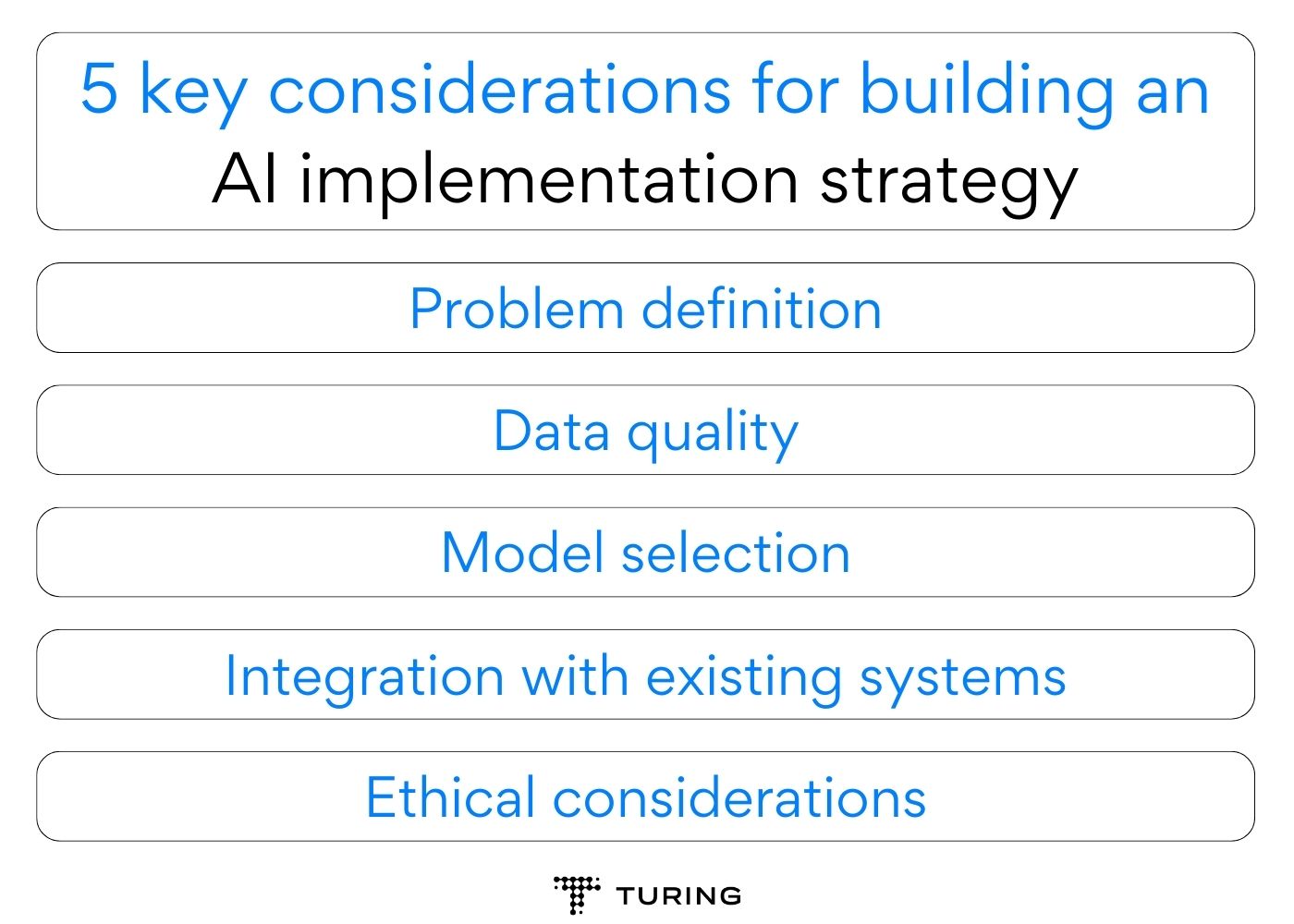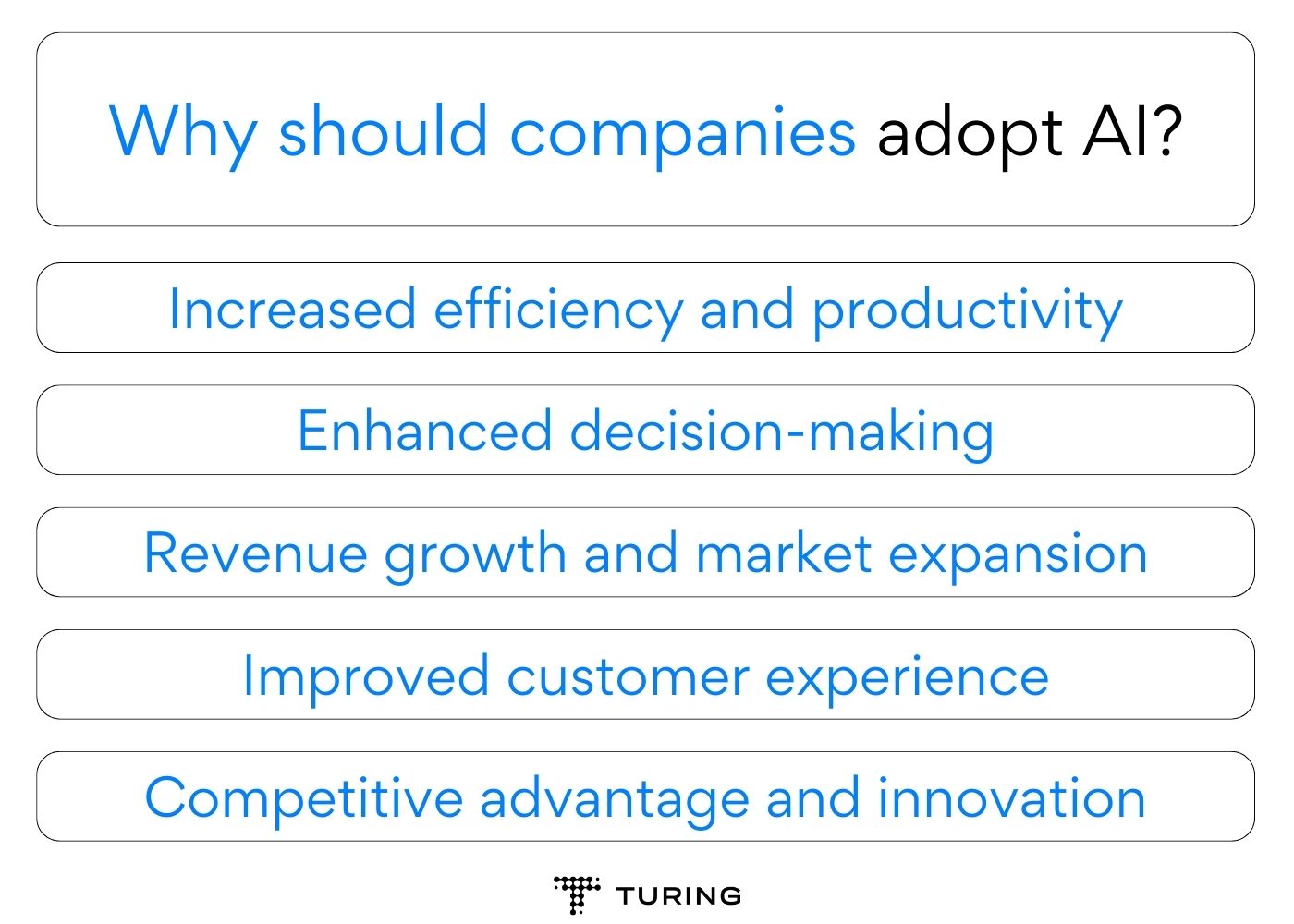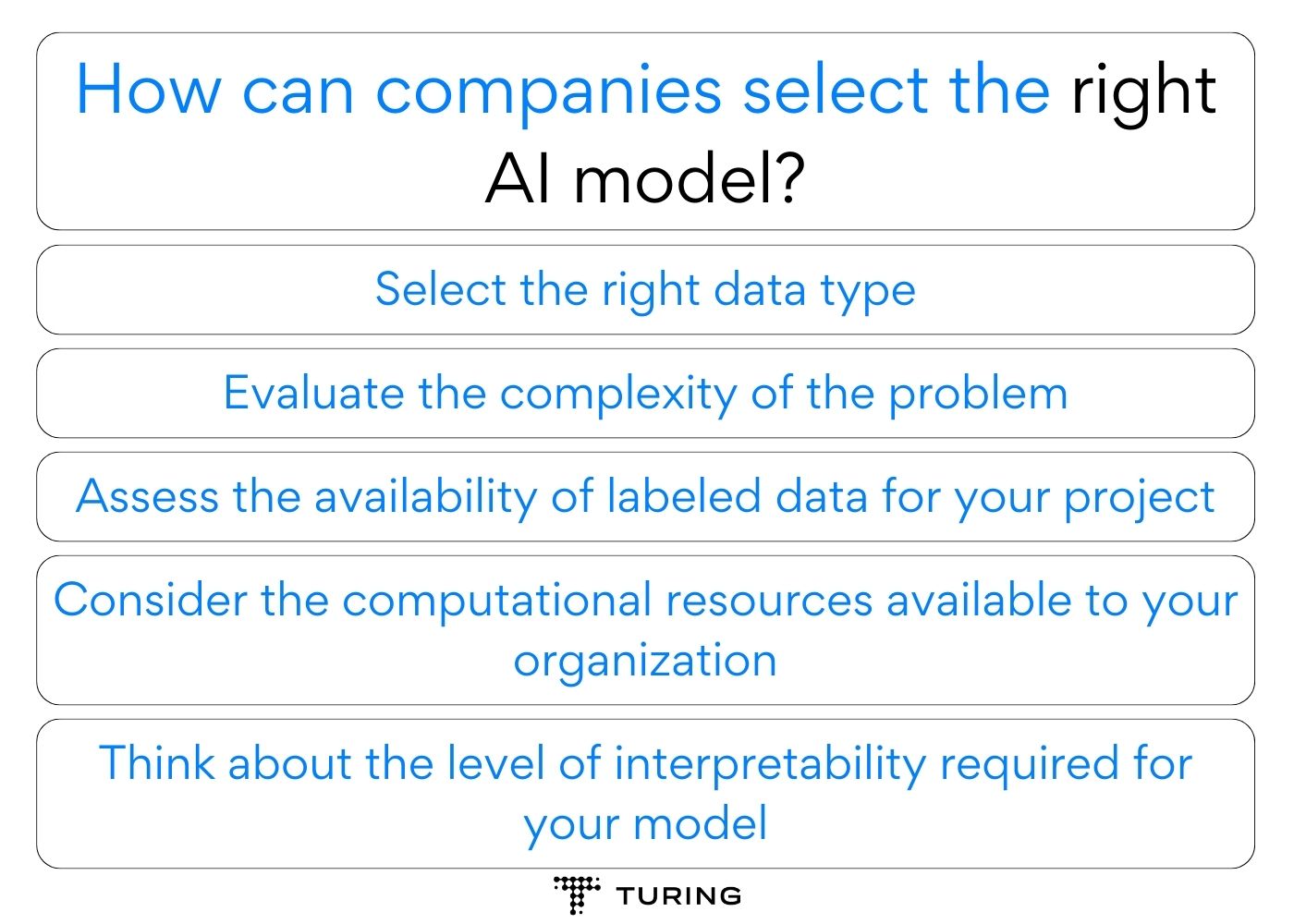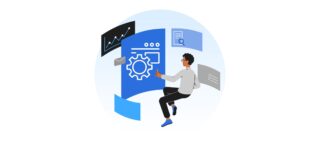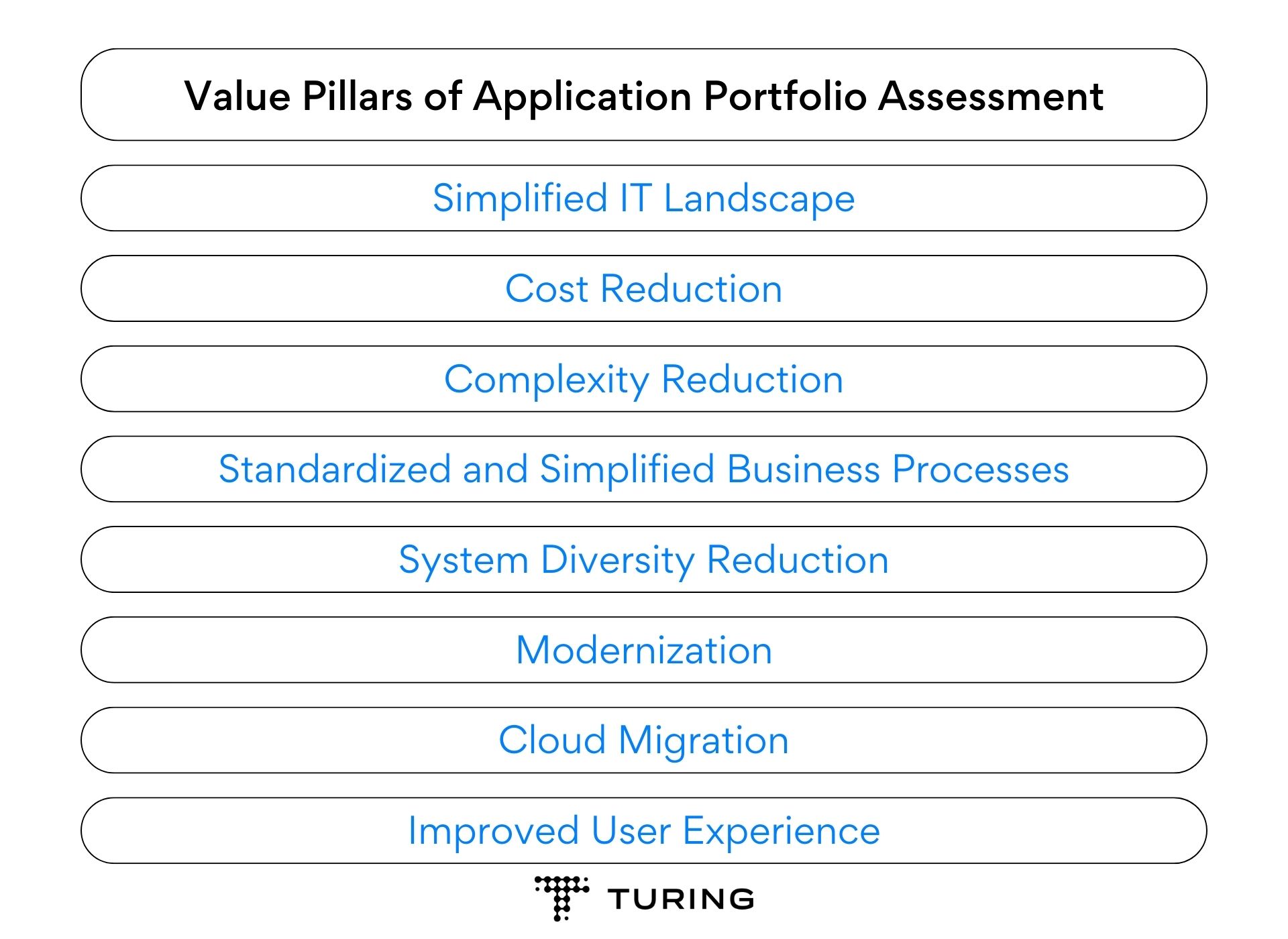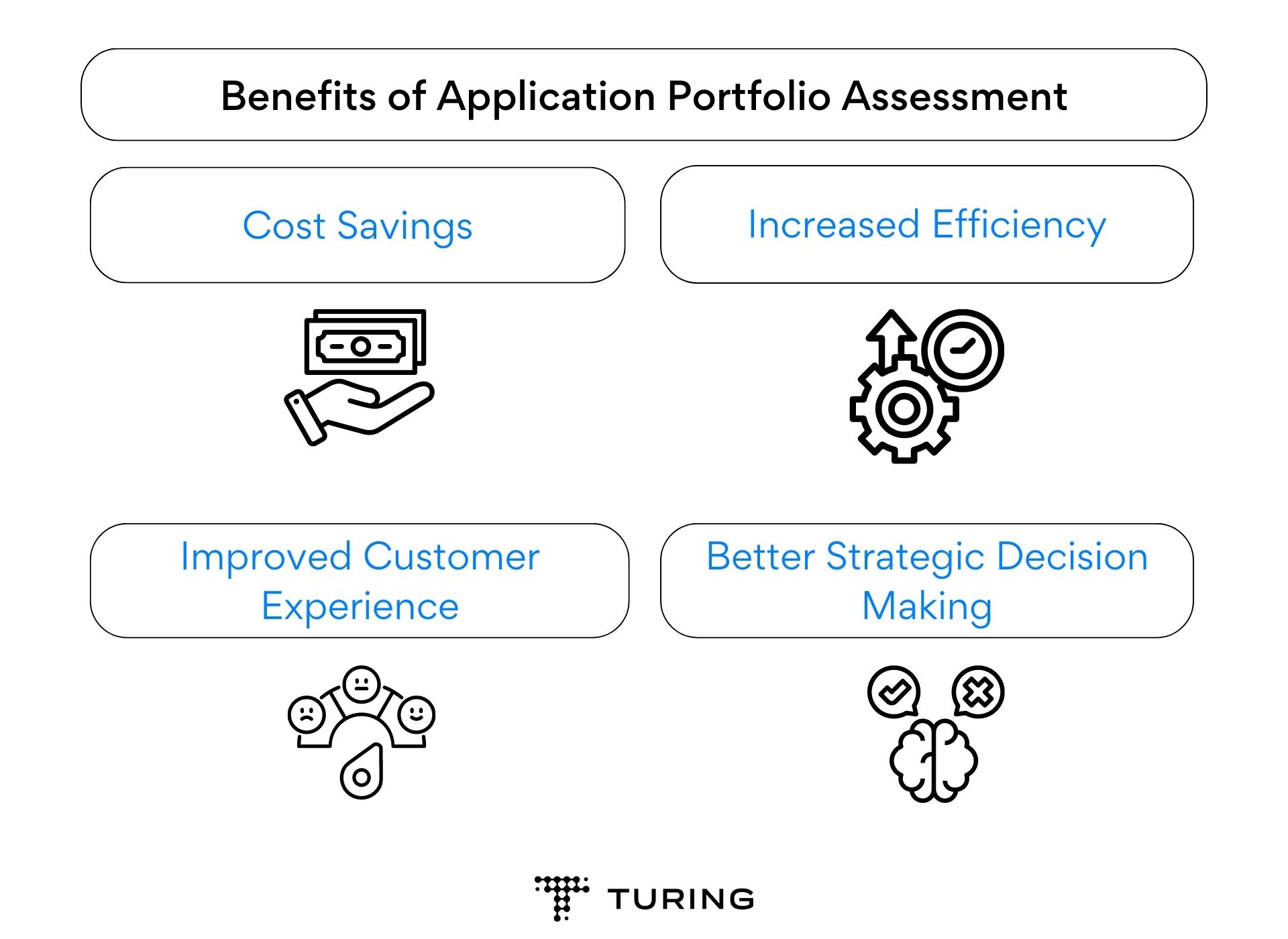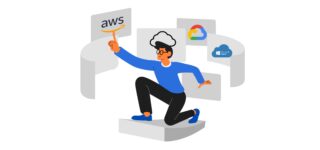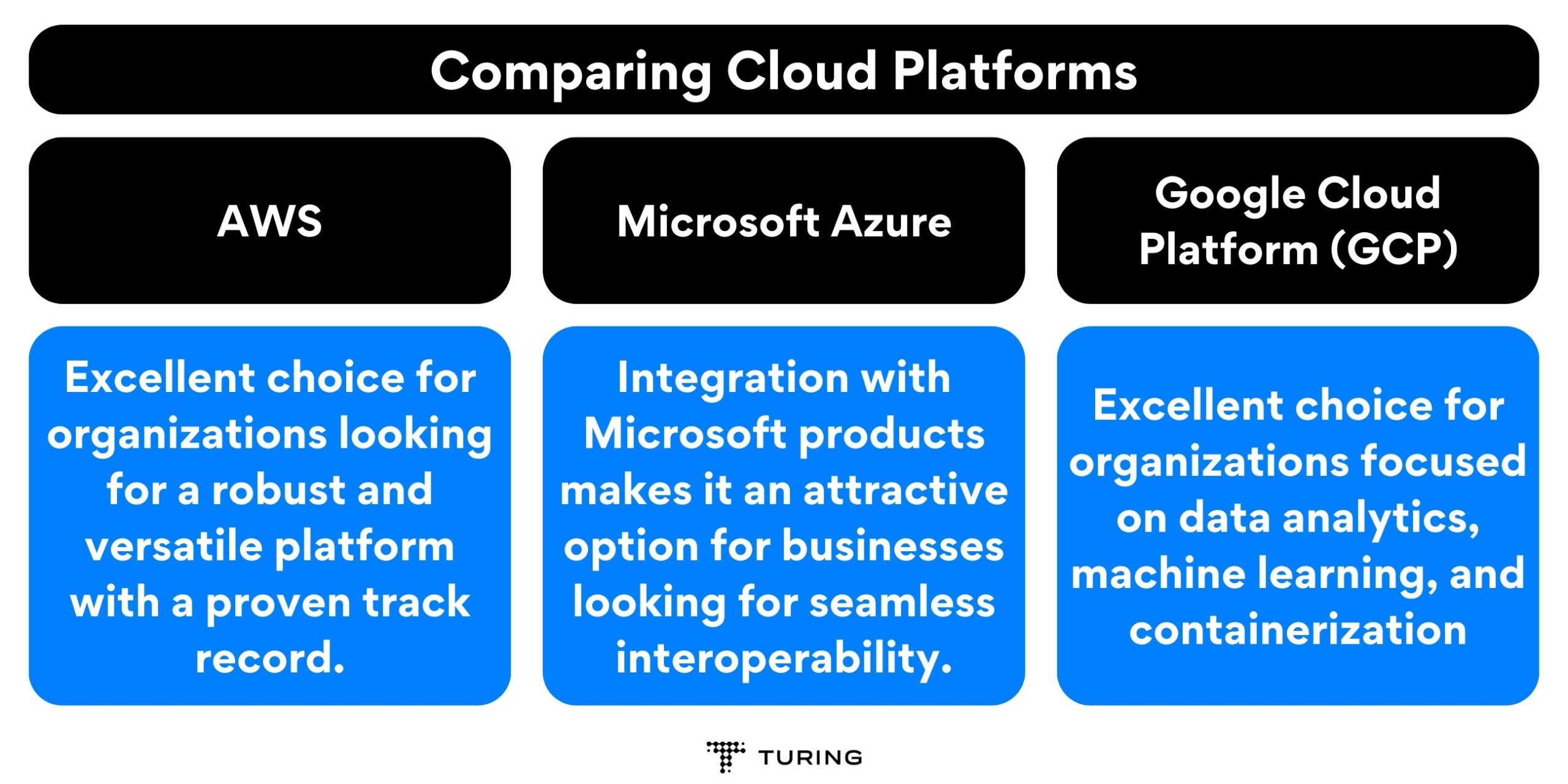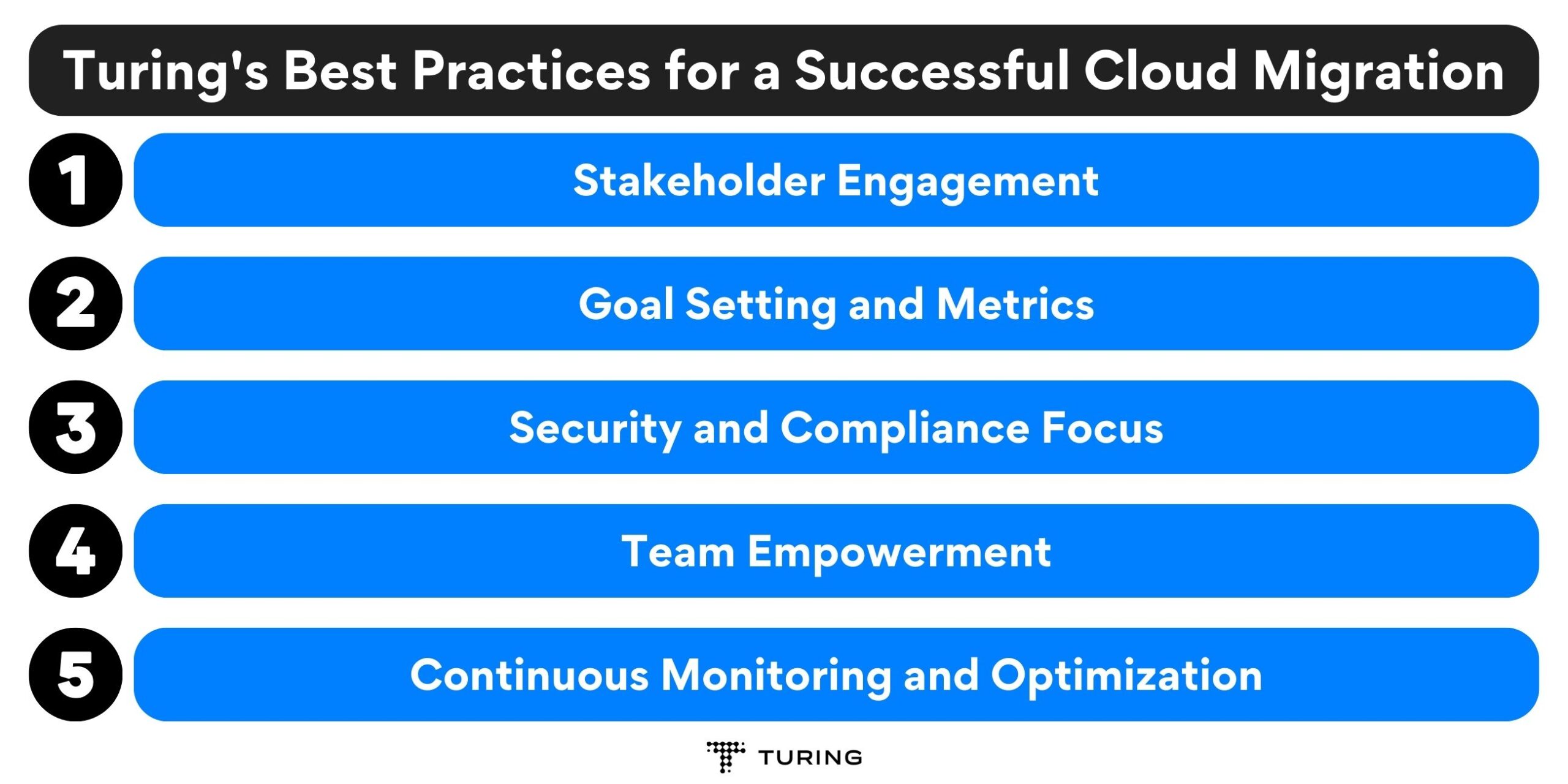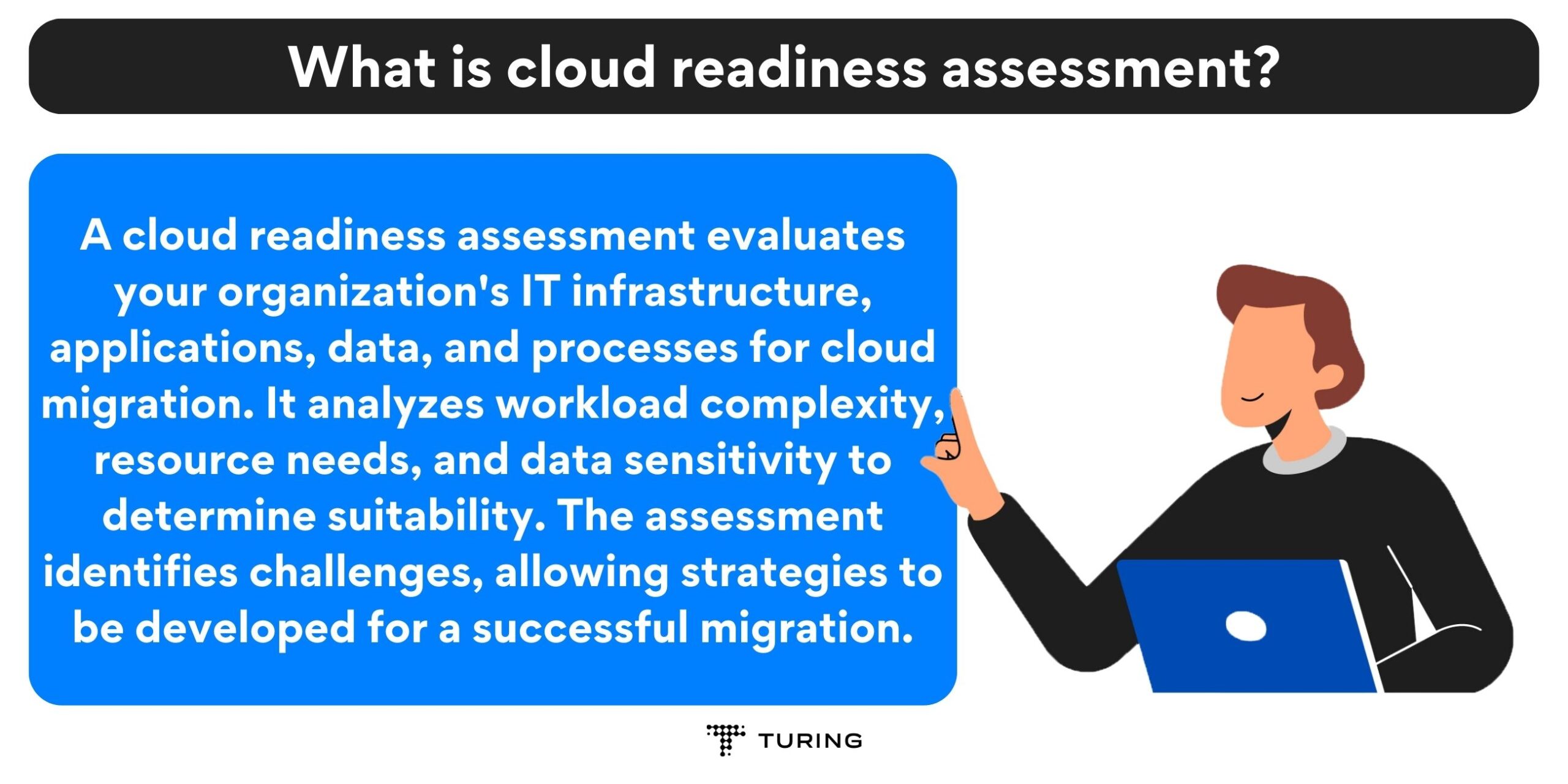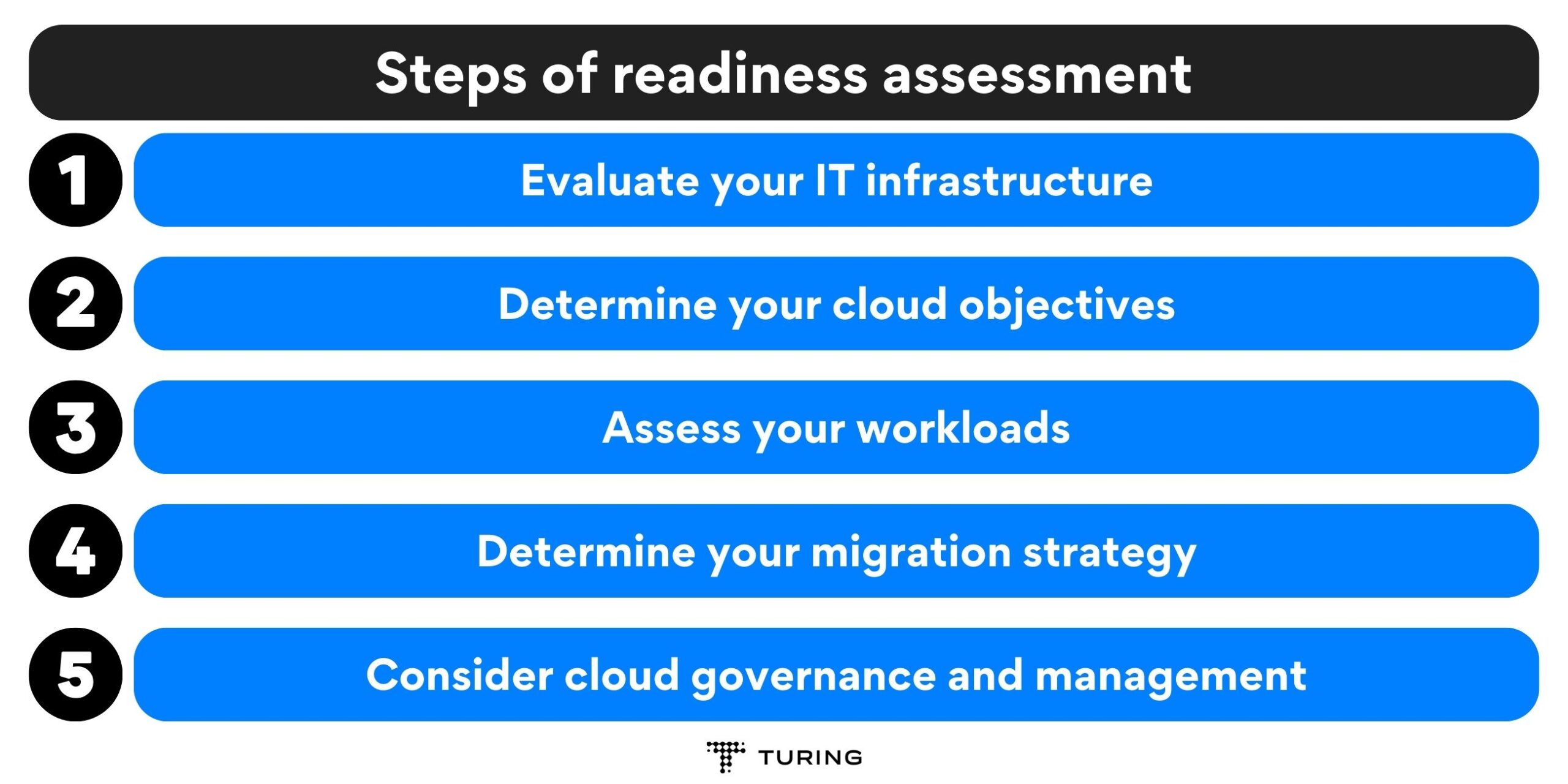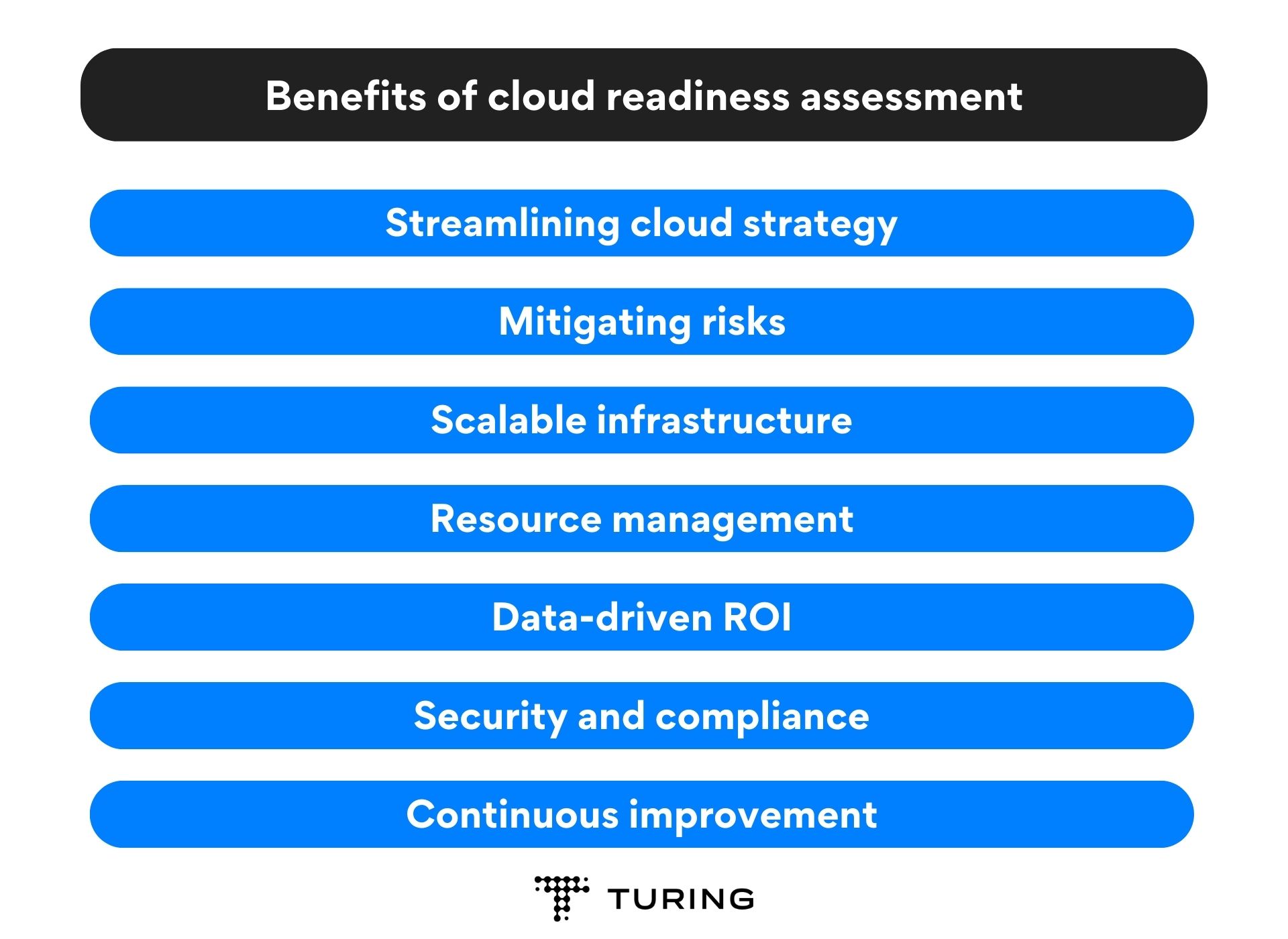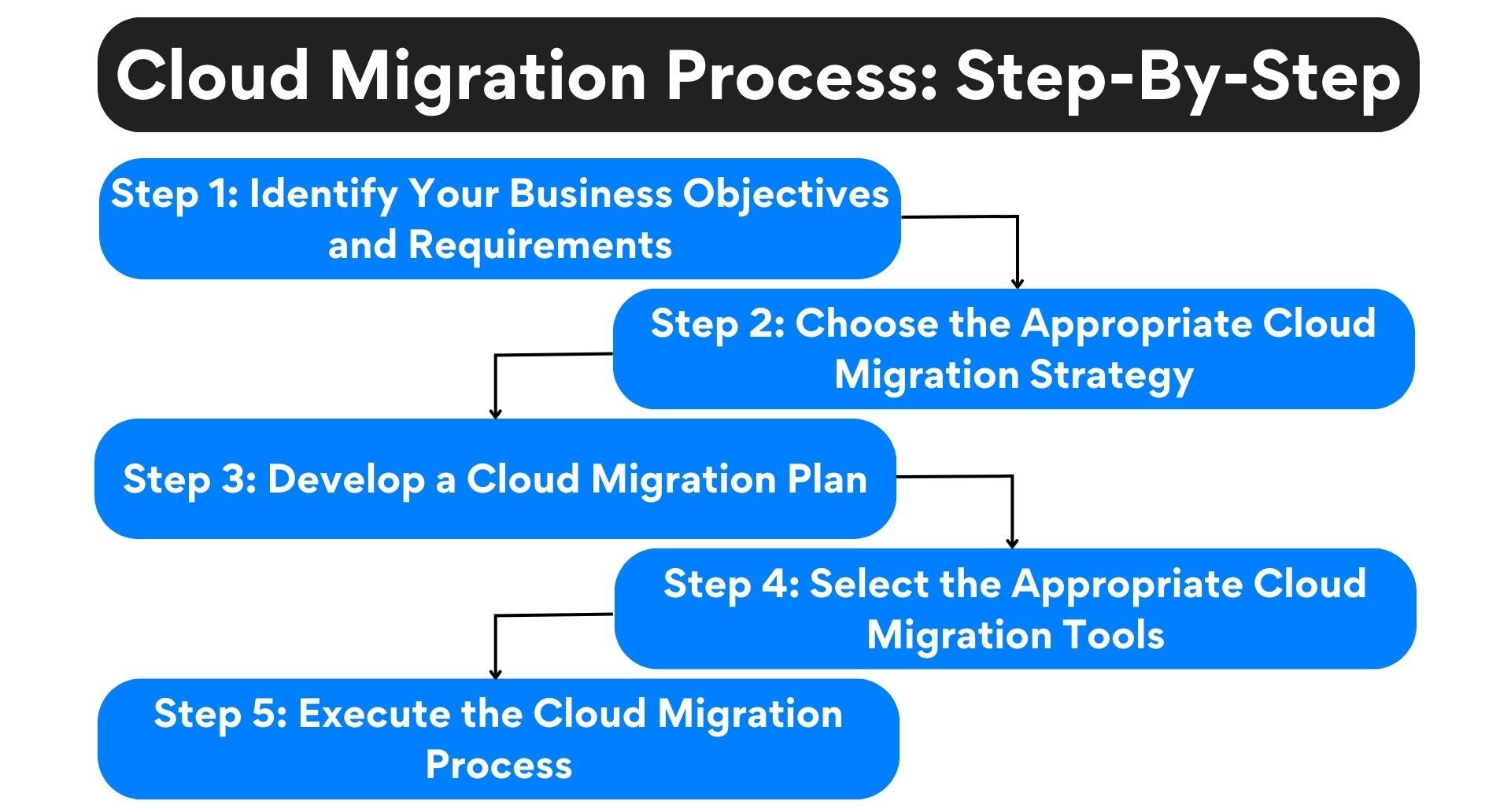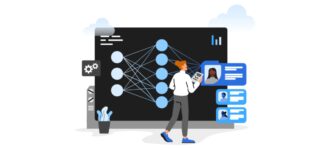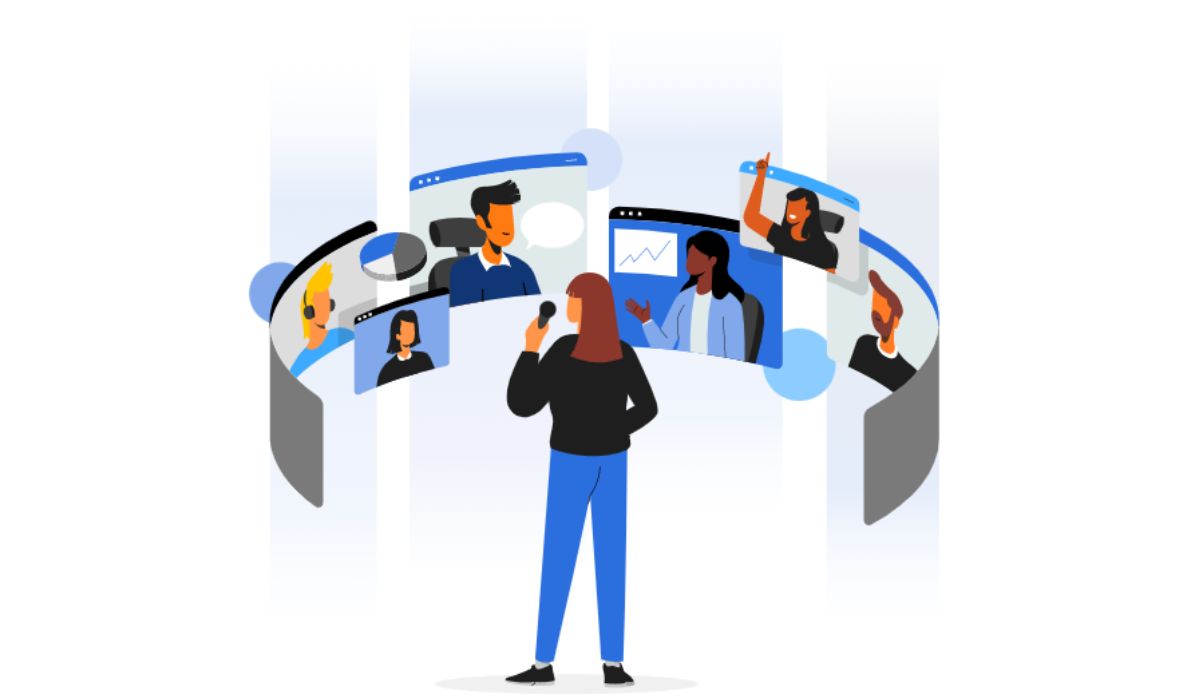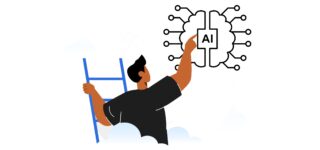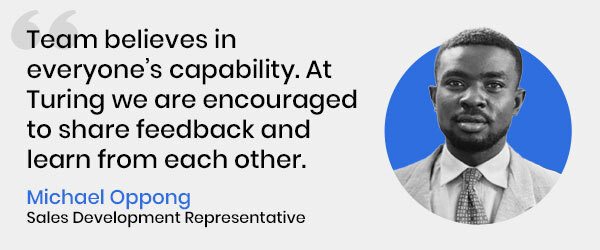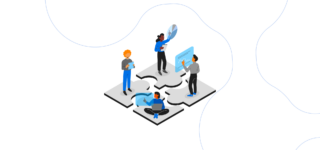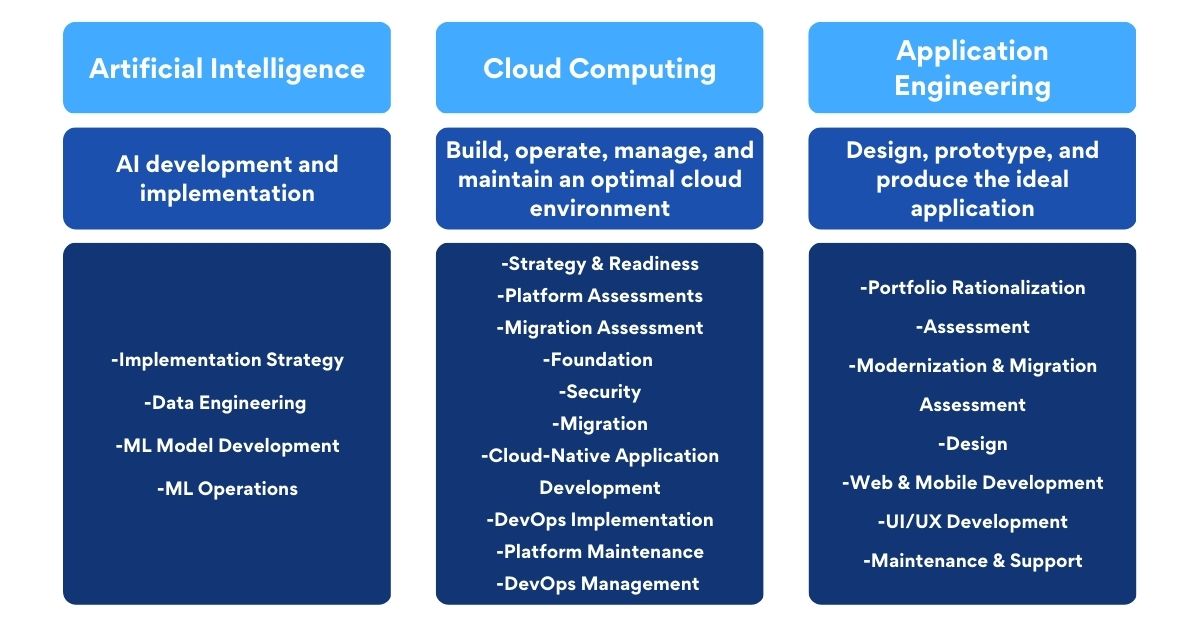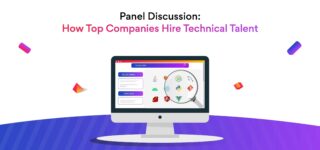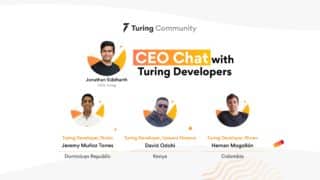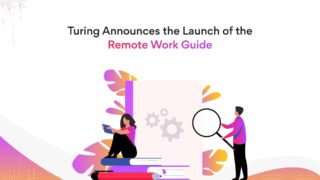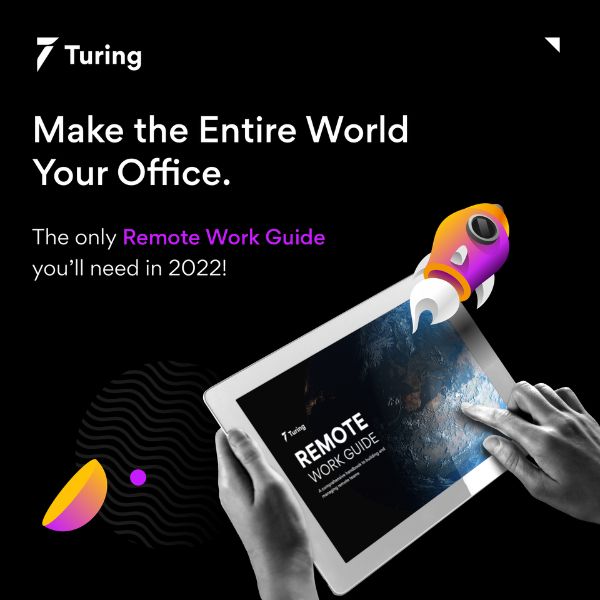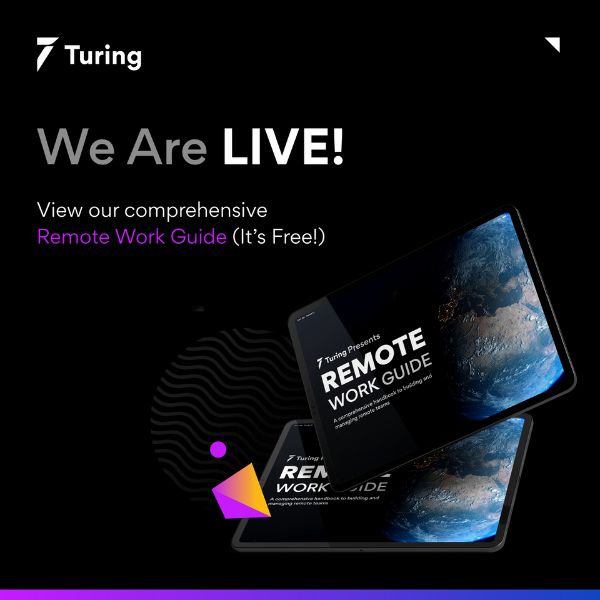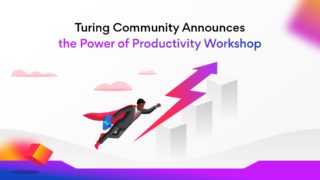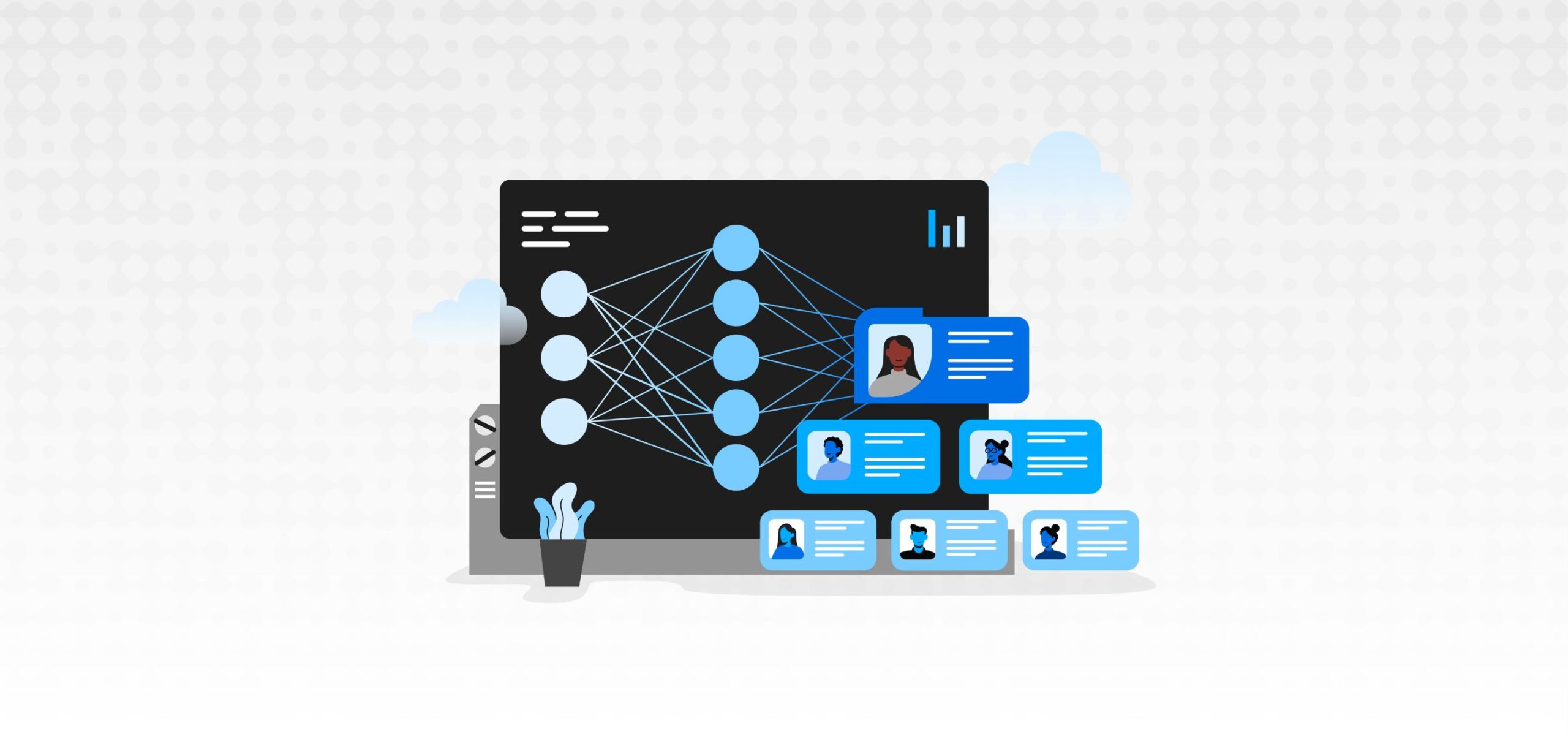
Procure the Right People: Trusting AI Vetting for Software Engineers
Great employees are the foundation of successful companies. But great talent takes time to come by. And this is where AI for recruiting comes in. McKinsey’s Steven Hankin coined the term “war for talent” in 1997, and it continues to be true today. The competition has only gotten fiercer over the years, and while the recessionary conditions over the last year may suggest a surplus of talent in the market, getting the right talent is still difficult. A survey by Manpower Group* reveals that in 2023 nearly 4 out of 5 employers faced difficulty in finding the right talent. So how can AI for recruiting be beneficial? Let’s find out.
Reasons why hiring the right talent is hard
Today, hiring the right talent has become more difficult than ever. Here are a few reasons why:
- Unhelpful resumes: Resumes often lack comprehensive or accurate information about a candidate’s technical and soft skills. Given these inconsistencies, hiring managers and talent specialists end up wasting precious hours going over hundreds (sometimes even thousands) of resumes.
- Incorrect job descriptions: A job description is an important tool in finding and onboarding the right talent. Poorly translated job descriptions can create disconnects and inefficiencies in the hiring process, as the actual job requirements may differ from what hiring managers have in mind.
- Inefficient assessment process: Relying solely on unstructured interviews can result in random outcomes and wasted time for hiring managers.
- High competition: Intense competition for skilled professionals can make it challenging to attract and retain top talent.
- Cultural mismatch: Finding candidates who not only possess the required skills but also align with the company’s culture and values can be a significant challenge.
- Skill shortages: Shortages of qualified candidates in certain industries or roles further complicate the hiring process.
- Global sourcing challenges: For companies looking to hire talent from around the world, navigating different labor laws, immigration processes, and cultural nuances can add complexity to the hiring process.
- Inconsistent candidate experience: Negative experiences during the recruitment process can deter top talent from considering a company. Ensuring a positive candidate experience is essential to attracting and retaining the right candidates.
- High cost of hiring: The recruitment process can be expensive, from advertising job openings to conducting interviews and assessments. Managing these costs of hiring while finding the right talent is a delicate balance.
- Uncertain market conditions: Economic conditions, industry trends, and geopolitical factors can influence the availability of talent. Adapting to these external factors is an ongoing challenge for HR and talent acquisition teams.
What is AI for recruiting?
AI for recruiting refers to the use of artificial intelligence (AI) and machine learning (ML) technologies to enhance and streamline various aspects of the hiring and talent acquisition process. This includes automating tasks like resume screening, sourcing candidates, assessing qualifications, and even predicting candidate-job fit. AI in recruiting aims to make the process more efficient, data-driven, and fair by reducing human biases and optimizing candidate-job matches.
One of the primary benefits of AI in recruiting is its capacity to automate time-consuming administrative tasks. For instance, AI-powered systems can sift through vast numbers of resumes, screening candidates based on predefined criteria, and identifying the most promising individuals. This not only saves valuable time but also ensures a more objective assessment, reducing the risk of bias in the early stages of recruitment.
Additionally, AI can significantly improve the accuracy of candidate-job matching. By analyzing vast datasets, AI can identify patterns and correlations that may not be apparent to human recruiters. This results in a better fit between candidates and positions, ultimately leading to more successful hires and reduced turnover rates.
Let’s take a look at the major benefits of leveraging AI for recruiting.
Benefits of AI for recruiting: How can AI improve the recruiting process?
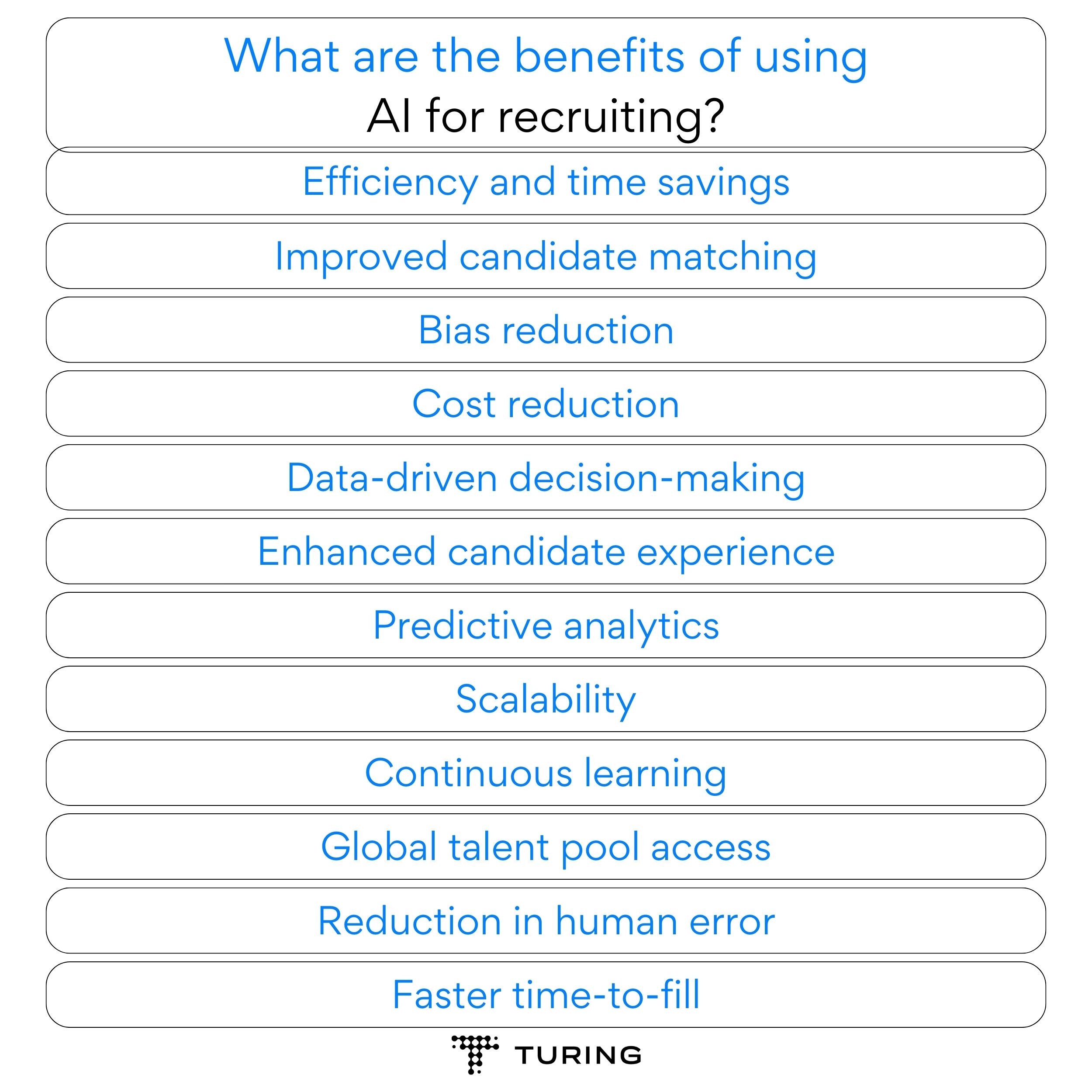
What are the benefits of using AI for recruiting
Using AI for recruiting offers several benefits that can significantly improve the efficiency and effectiveness of the recruitment process. Here are some key advantages:
-
Efficiency and time savings
AI can automate various aspects of the hiring process, such as resume screening, candidate sourcing, and initial assessments. This reduces the time and effort spent by HR teams and hiring managers on administrative tasks, allowing them to focus on strategic aspects of recruitment. -
Improved candidate matching
AI algorithms analyze a candidate’s qualifications, skills, and experience to match them with the most suitable job openings. This leads to more accurate candidate-job fit, reducing the likelihood of mismatches and improving overall hiring quality. -
Bias reduction
AI can help minimize unconscious bias in the hiring process. By relying on objective data and criteria, AI-driven systems are less prone to biases related to gender, race, or other factors that can affect human decision-making. -
Cost reduction
Automating parts of the hiring process can result in cost savings. Companies can reduce expenses associated with job postings, manual resume screening, and lengthy interview processes. -
Data-driven decision-making
AI tools generate data and analytics that provide insights into the effectiveness of recruitment strategies. This data can help organizations make informed decisions about their hiring processes and optimize them over time. -
Enhanced candidate experience
AI-driven chatbots and automated communication can provide candidates with timely updates, answer their questions, and offer a smoother application and interview experience, enhancing the overall candidate experience. -
Predictive analytics
AI can predict a candidate’s likelihood of success in a role based on their skills, qualifications, and historical data. This helps organizations identify candidates who are more likely to perform well in the long term. -
Scalability
AI can handle large volumes of candidate data and job openings simultaneously, making it easier for companies to scale their recruitment efforts when needed, such as during periods of rapid growth. -
Continuous learning
AI systems can continuously learn and adapt to changing job requirements and candidate preferences. This adaptability ensures that the recruitment process remains up-to-date and effective. -
Global talent pool access
AI-powered platforms can source candidates from a global talent pool, providing access to a diverse range of candidates with different skills and backgrounds. -
Reduction in human error
Automation reduces the risk of human error in tasks like resume screening and data entry, leading to more accurate and consistent evaluations of candidates. -
Faster time-to-fill
AI can identify qualified candidates more quickly, reducing the time it takes to fill job openings. This is particularly valuable for roles that require immediate staffing.
What are the challenges companies can face when adopting AI for recruiting?
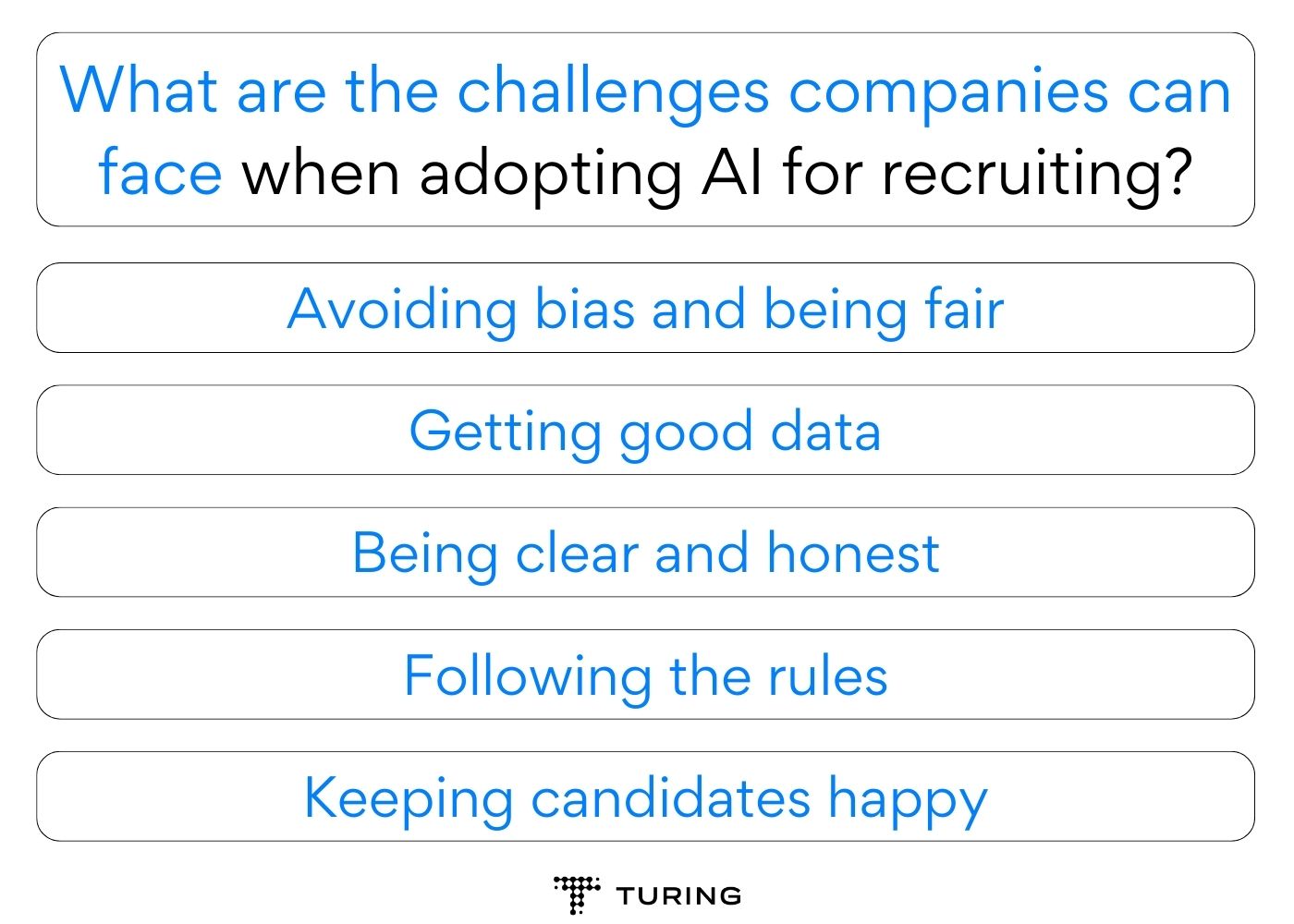
What are the challenges companies can face when adopting AI for recruiting
While AI comes with a plethora of benefits if used for hiring, there are some challenges that companies might come across while using AI for recruiting. Here are the major challenges:
-
Avoiding bias and being fair
One big challenge is making sure that AI doesn’t make unfair decisions. Sometimes, AI can pick up biases from old data, which can lead to unfair hiring choices. It’s crucial to use AI in a way that’s fair to everyone. -
Getting good data
AI needs good information to make smart decisions. Sometimes, companies struggle to find and use the right data. If the data is messy or not diverse enough, it can make AI hiring less effective. -
Being clear and honest
AI can seem like a bit of a mystery. It’s not always easy to explain why AI picked one person over another for a job. Being clear and honest about how AI works is important to build trust. -
Following the rules
Laws about hiring are pretty complicated. Companies need to make sure that AI hiring practices follow all the laws. These laws can be different depending on where you are, so it can be a challenge to keep up. -
Keeping candidates happy
While AI can help speed up the hiring process, it shouldn’t make things worse for job applicants. Making sure that candidates have a good experience during the hiring process, even with AI involved, is important for hiring top talent.
How AI will change the recruiter role?
AI is poised to revolutionize the recruiter role in two key ways. Firstly, it will automate repetitive tasks like job description writing and interview scheduling, allowing recruiters to focus on relationship-building and candidate engagement. While AI can assist in outreach, recruiters’ human touch remains vital for building connections.
Secondly, AI will drive a shift towards skills-first hiring, reducing human bias. Recruiters will rely on AI to assess candidates based on skills and experience, fostering diversity and equity. As AI tools become integral, recruiters will need to emphasize soft skills like negotiation and storytelling. These skills will be essential in providing a personalized and efficient hiring process, ensuring candidates are a cultural fit and possess potential.
AI will transform recruiters into strategic partners who leverage automation for efficiency and equity while emphasizing essential human skills to engage candidates effectively, creating a more streamlined and inclusive recruitment process.
What are some myths about AI in recruiting?
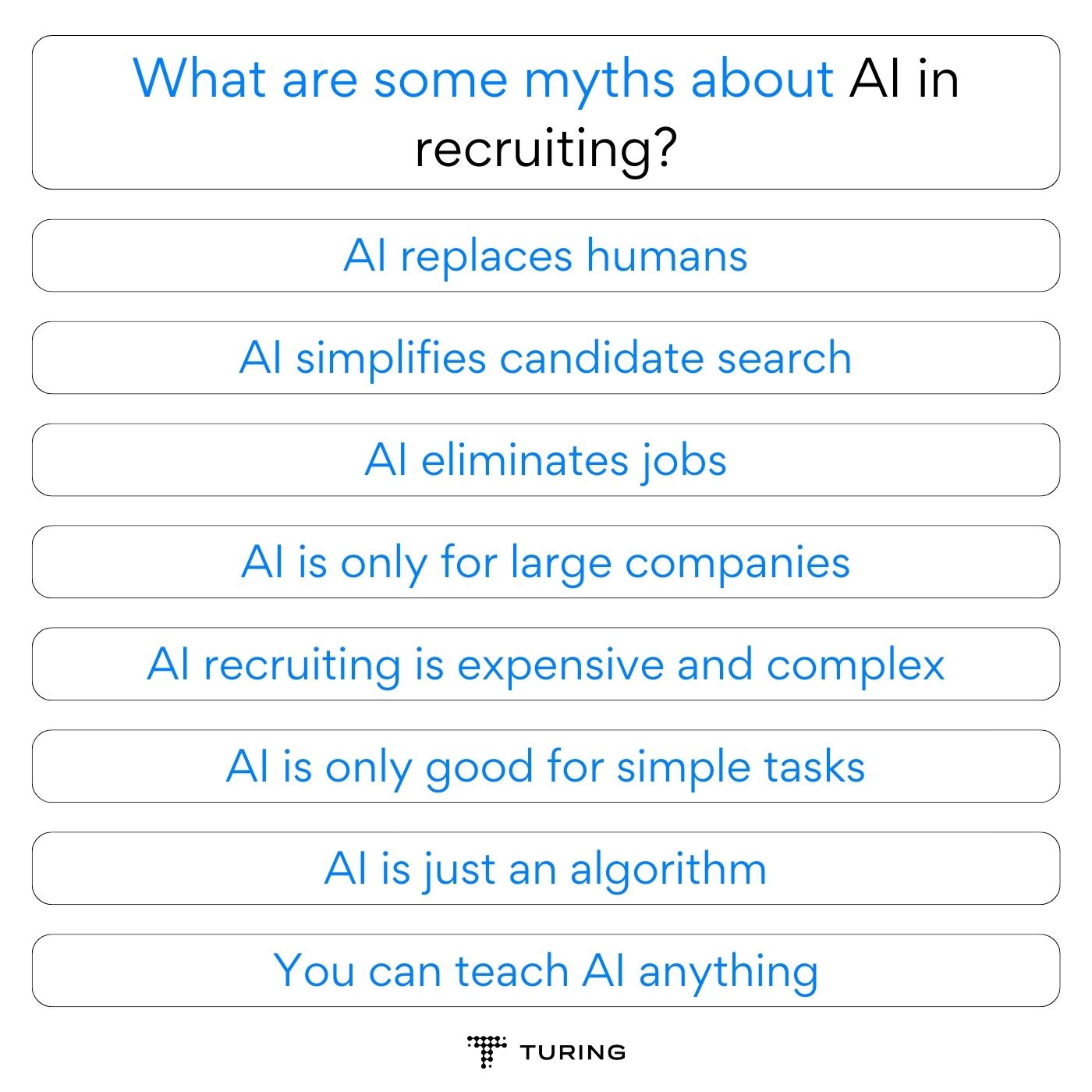
What are some myths about AI in recruiting
There are several myths surrounding the use of AI in recruiting that can sometimes mislead businesses. Let’s debunk these misconceptions:
- AI replaces humans: Contrary to the belief that AI replaces human recruiters entirely, it primarily enhances efficiency in certain parts of the recruiting process, like resume screening and skill assessment, while human expertise remains invaluable in relationship-building and understanding nuanced candidate needs.
- AI simplifies candidate search: While AI provides valuable insights into the hiring process, it doesn’t necessarily make candidate sourcing easier. It can streamline certain aspects, but identifying the right talent still requires human judgment and context.
- AI eliminates jobs: AI tends to create more opportunities by generating high-level roles for those who can effectively utilize these tools. It complements human efforts rather than replacing them, leading to the emergence of new job categories.
- AI is only for large companies: AI is accessible to businesses of all sizes. It can benefit small and medium-sized enterprises (SMEs) just as effectively as larger corporations by improving recruitment processes and reducing operational risks.
- AI recruiting is expensive and complex: AI solutions vary in cost and complexity, with many offering free trials. These technologies can help analyze data and make faster, more informed decisions without requiring a substantial financial commitment.
- AI is only good for simple tasks: AI has evolved far beyond simple tasks and can excel in complex and specialized domains, from healthcare diagnostics to creative content generation.
- AI is just an algorithm: AI encompasses a broad spectrum of capabilities, and recruiting AI is a specialized application designed to automate and enhance recruitment processes through data analysis and predictive modeling.
- You can teach AI anything: Training AI requires time, effort, and continuous monitoring to ensure it understands and adapts to changing requirements.
Is there a solution?
Turing experts believe that having a system that collects proper representation and information on the following three fronts can help find the right candidate.
- Accurate qualifications and competencies of job seekers
- Actual job requirements aligned with reasonable expectations
- Valid and reliable assessment of the fit between the job and the candidate
A limited or regional talent pool can increase the difficulty of finding the right talent in a fast and cost-efficient manner. This is why Turing built an AI-powered platform that uses 20,000+ ML data signals to source, vet, and manage world-class developers. Following a structured approach, AI supports Turing’s vetting process and is Turing’s solution to the hiring conundrum.
Transforming Hiring with Turing’s Comprehensive AI Vetting Process
In the dynamic world of tech recruitment, Turing stands at the forefront with its innovative AI-based vetting system. With a global talent pool exceeding 3 million software professionals, Turing offers career growth opportunities for developers and the assurance of being vetted once for a lifetime of prospects. In this video, Turing’s CEO Jonathan Siddharth explains how Turing uses AI to evaluate developers.
Progressive Assessment Tailored to the Job
Turing’s AI vetting process revolves around two key vectors: role types and dominant tech stacks. This tailored approach ensures that candidates are assessed based on the specific skills required for their roles, whether they’re Front-end Engineers or Back-end Engineers, specializing in React, Node, Python, Java, and more.
Stage 1: Fundamental Knowledge Evaluation
The journey begins with a deep dive into candidates’ fundamental knowledge. Turing’s AI system conducts automated knowledge tests, examines code blocks, and tests language or technology concepts. Dynamic scoring based on question difficulty enhances candidate quality assessment. With over 150 automated tests catering to 10+ roles, foundational skills are thoroughly scrutinized.
Stage 2: Coding Proficiency Assessment
Successful candidates progress to Stage 2, where they face coding challenges aligned with their tech stack. These challenges assess algorithmic prowess, data structure understanding, and coding best practices, emphasizing efficiency and performance. Performance metrics, including testing, debugging, code deployment, and API interaction, ensure candidates possess practical skills.
Stage 3: Soft Skills Evaluation
Recognizing the importance of soft skills, Turing’s AI evaluates candidates’ core values, communication, collaboration, and remote work adaptability in Stage 3. This holistic approach ensures candidates meet the technical and interpersonal requirements for the job.
Stage 4: Perfect Match Assurance
In the final stage, Turing’s AI system meticulously matches job requirements with candidate skills, ensuring a harmonious fit between abilities and job demands.
Turing’s four-stage assessment process, encompassing technical proficiency, soft skills, role-specific knowledge, and job compatibility, revolutionizes hiring. With a commitment to excellence and a 97% retention rate, Turing has earned the trust of 900+ companies, including industry giants like Pepsi, Disney, and Dell. Transform your hiring experience with Turing’s AI-powered Talent Cloud and reap the benefits of precision and efficiency in talent acquisition.
FAQs related to AI for recruiting
- What is AI recruiting?
AI recruiting involves using artificial intelligence to assist in various stages of the hiring process, from sourcing and screening candidates to assessing their qualifications and predicting job fit. - What is the role of AI in hiring process?
The role of AI in hiring includes automating repetitive tasks, enhancing candidate matching, reducing bias, providing data-driven insights, and improving the efficiency and effectiveness of recruitment. - Can AI replace humans in recruiting process?
While AI can automate many aspects of recruiting, it cannot fully replace humans. Human judgment, communication, and empathy remain essential in evaluating soft skills and cultural fit. - How AI is changing the hiring process?
AI is changing the hiring process by streamlining tasks, reducing bias, enabling data-driven decisions, and enhancing the candidate experience, ultimately making recruitment more efficient and fair. - What are the challenges of using AI in hiring process?
Challenges of using AI in hiring include potential bias in algorithms, data quality issues, transparency concerns, legal compliance, and ensuring a positive candidate experience. - What are the benefits of AI powered recruitment?
Benefits of AI-powered recruitment include efficiency gains, better candidate matching, reduced bias, cost savings, faster time-to-fill positions, predictive analytics, and improved overall hiring quality.
Tell us the skills you need and we'll find the best developer for you in days, not weeks.


